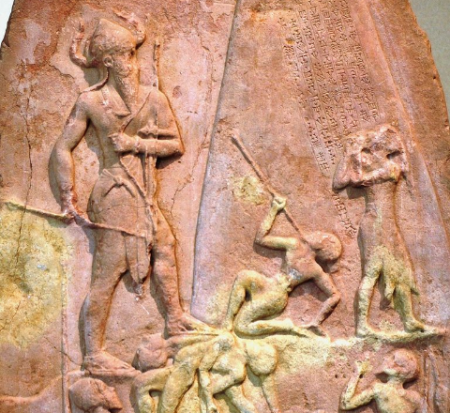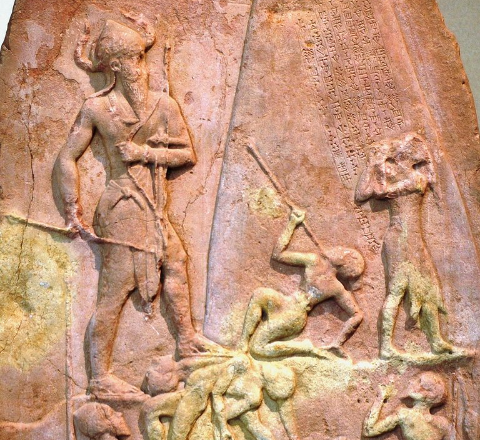Explore the remarkable characteristics of Mesopotamia, the cradle of civilization. From agricultural advancements to technological innovations.
Mesopotamia, often referred to as the cradle of civilization, is an ancient region located in present-day Iraq. It was home to some of the earliest known civilizations, including the Sumerians, Akkadians, Babylonians, and Assyrians. This article delves into the characteristics of Mesopotamia, shedding light on its rich history and cultural legacy.
Characteristics of Mesopotamia

Mesopotamia, often referred to as the “Cradle of Civilization,” was a region situated in the eastern Mediterranean, bounded in the northeast by the Zagros Mountains and in the southeast by the Arabian Plateau. Its historical significance is immense, having been home to some of the earliest human civilizations, including the Sumerians, Akkadians, Babylonians, and Assyrians. Here are some key characteristics of Mesopotamia:
- Geography and Climate: Mesopotamia was located in the area of the modern-day countries of Iraq, northeastern Syria, southeastern Turkey, and parts of western Iran. The region was defined by the Tigris and Euphrates rivers, which provided fertile land suitable for agriculture due to the rich silt deposited by annual floods. However, the climate could be harsh, with hot summers and limited rainfall, making irrigation essential for farming.
- Agriculture: The fertile crescent, as it was known due to its fertile land, allowed for the development of agriculture, which in turn supported the growth of cities and civilizations. Mesopotamians cultivated wheat, barley, dates, and other crops, and domesticated animals like sheep, goats, and cattle. The development of irrigation systems was a significant technological advancement.
- City-States: Mesopotamia was made up of various city-states, such as Uruk, Ur, Kish, and Lagash, each with its own ruler and deity. These city-states were among the first complex societies in history, characterized by a division of labor, centralized government, and social stratification.
- Writing and Record-Keeping: The Mesopotamians developed one of the world’s first writing systems, cuneiform, initially used for record-keeping by the Sumerians around 3100 BCE. This writing system was used to document laws, commercial transactions, and literature, including the famous Epic of Gilgamesh.
- Religion: Religion played a central role in Mesopotamian society, with polytheism being the predominant form of worship. Deities were associated with natural elements and forces, and each city-state had its own patron god or goddess. Temples, known as ziggurats, were significant religious and administrative centers.
- Legal Systems and Social Structure: The Code of Hammurabi, one of the earliest and most complete written legal codes, was established by the Babylonian king Hammurabi. It exemplified the society’s legal system and social structure, highlighting the principles of justice and retribution.
- Architecture and Innovations: Mesopotamians made significant advances in architecture, including the development of the arch, the dome, and the ziggurat. They were also skilled in metalworking, pottery, and textile production. The invention of the wheel, around 3500 BCE, significantly impacted transportation and pottery making.
- Trade and Economy: The Mesopotamians engaged in extensive trade, exchanging goods such as textiles, grain, and oils with neighboring regions like Egypt, India, and the Indus Valley. This trade was facilitated by their development of various forms of money, including silver rings.
Mesopotamia’s contributions to civilization are vast, including the invention of the wheel, the development of astronomy and mathematics, and the creation of the first cities and empires. Its legacy continues to influence modern society in numerous ways.
Conclusion
Mesopotamia stands as a testament to the ingenuity and resilience of the ancient world. Its fertile lands, technological innovations, and cultural advancements laid the groundwork for civilizations to come. The characteristics of Mesopotamia, including its agricultural prowess, city-states, writing system, and vibrant trade networks, shaped the course of human history. As we explore the legacy of this cradle of civilization, we can gain insights into our own societies and appreciate the foundations laid by our ancient ancestors.
